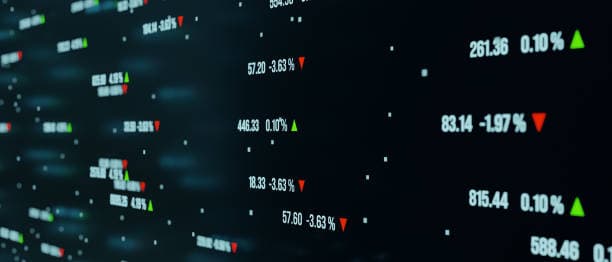Imagine you’re on a treasure hunt, but instead of a map, you’ve got a laptop and a high-speed internet connection. You’re not searching for gold, but for the next big investment opportunity. Welcome to the thrill ride that is navigating the global financial markets. It’s a world where the currency of success is information, and the compass is your ability to make sense of it all. Let’s dive in and see how we can turn the chaos of the Markets into a path to wealth.
The Pulse of Global Markets: Understanding the Ecosystem
The global financial markets are like a living, breathing organism. They’re a complex network of exchanges, traders, investors, and institutions, all interacting in a dance of supply and demand. To navigate this ecosystem, you need to understand the basics. The Markets are where stocks, bonds, commodities, and currencies are bought and sold. They’re the heartbeat of the global economy, reflecting the health and sentiment of businesses and nations.
The Language of the Markets: Key Indicators and Data
Every day, the Markets speak to us through numbers. These are the key indicators and data points that can guide our decisions. From GDP growth rates to employment figures, from interest rates to inflation data, these numbers tell a story. They’re the language of the Markets, and learning to interpret them is crucial for anyone looking to navigate the Global Markets successfully.
The Art of Timing: Market Trends and Cycles
Timing is everything in the Markets. Understanding market trends and cycles can give you a significant edge. Whether it’s the rise and fall of tech stocks or the seasonal patterns in agricultural commodities, recognizing these trends can help you anticipate market movements and make informed decisions.
Diversification: Spreading Your Wings in the Global Markets
Diversification is the strategy of spreading investments across various financial instruments, industries, and geographies to manage risk. In the Global Markets (In Arabic, it is called “ماركت كوم“), this means not just looking at domestic opportunities but also international ones. By diversifying, you can potentially reduce the impact of a poor-performing asset on your overall portfolio.
The Role of Technology: A Modern Navigator’s Tool
In today’s digital age, technology has become an indispensable tool for navigating the Global Markets (In Arabic, it is called “الاسواق العالمية“). From advanced trading platforms to AI-driven analytics, technology allows us to process vast amounts of data quickly and make more informed decisions. It’s not just about having the latest gadget; it’s about using technology to your advantage.
The Power of Networks: Building Relationships in the Markets
The Markets are not just about numbers; they’re also about people. Building relationships with other investors, analysts, and industry insiders can provide you with unique insights and opportunities. These networks can be a valuable source of information and support as you navigate the complex world of the Global Markets.
Risk Management: Navigating the Rough Seas of the Markets
Every sailor knows that the sea can be unpredictable, and the same goes for the Markets. Risk management is about preparing for the storms and ensuring that you can weather the rough seas. This involves setting stop-loss orders, understanding your risk tolerance, and having an exit strategy in place.
The Importance of Education: Never Stop Learning in the Global Markets
The Markets are constantly evolving, and to keep up, you need to be a lifelong learner. Whether it’s staying updated on the latest financial news, attending webinars, or reading up on market analysis, continuous education is key to navigating the Global Markets successfully.
The Human Element: Emotions and Decision Making
Despite all the data and technology, the Markets are still driven by human emotions. Fear and greed, optimism and pessimism—all these emotions influence market movements. Understanding your own emotional responses to market fluctuations is crucial for making rational decisions in the Global Markets.
The Future of the Markets: Embracing Change and Innovation
The Global Markets are always changing, and those who can adapt and innovate will thrive. From blockchain technology to new trading strategies, the future of the Markets is full of potential. Embracing change and staying ahead of the curve is essential for success in the Global Markets.
Conclusion: Your Journey in the Global Markets
Navigating the Global Markets is not for the faint-hearted. It requires courage, curiosity, and a willingness to learn. But with the right knowledge, tools, and mindset, you can turn the complexity of the Markets into a path to financial success. So, strap in, stay alert, and enjoy the ride as you explore the vast and exciting world of the Global Markets.


